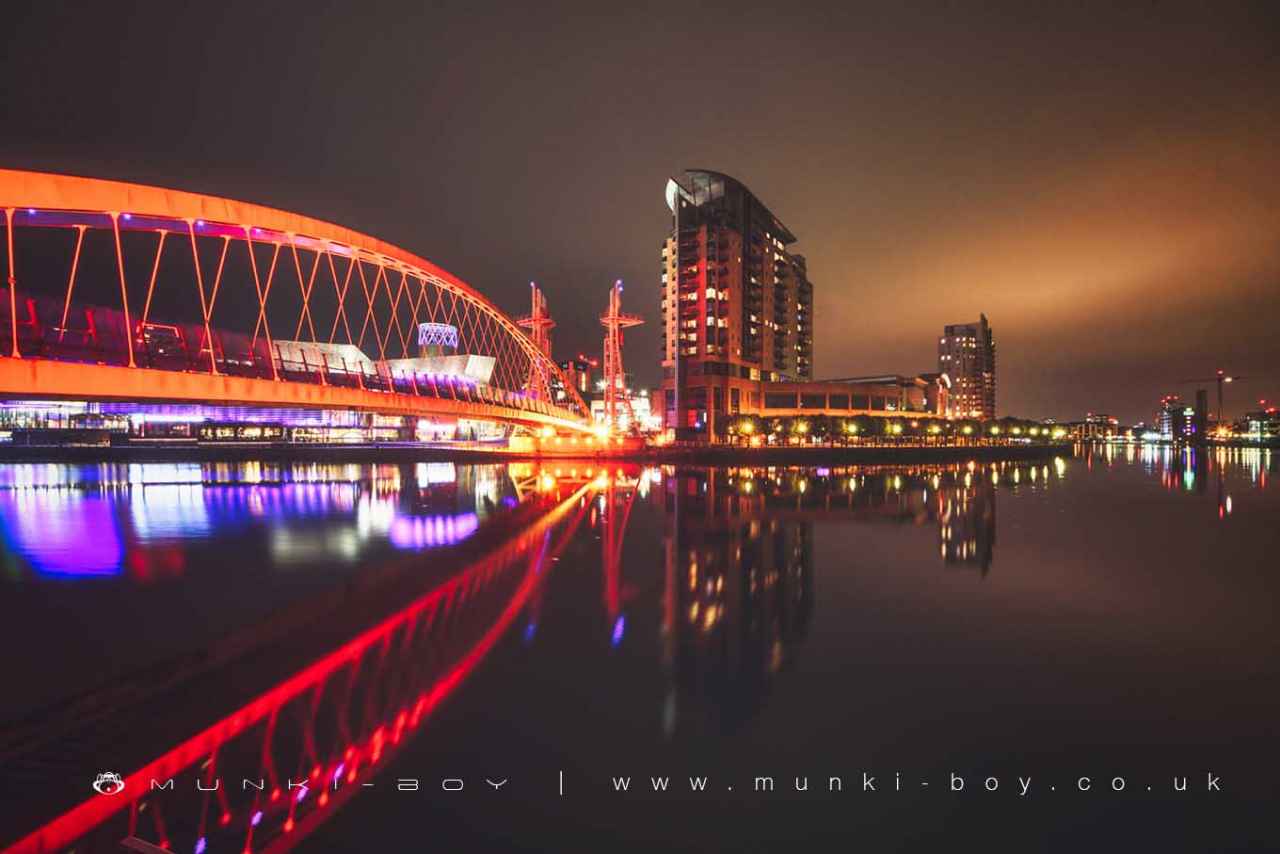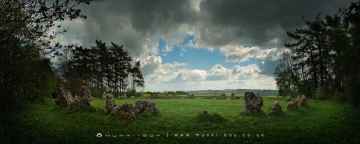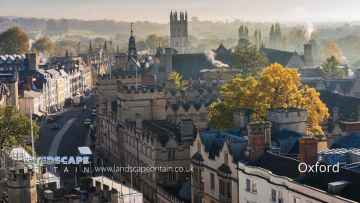Salford is a Village in the county of Oxfordshire.
Salford, now an integral part of the Greater Manchester urban area in North West England, has a rich and varied history, much of which predates its more famous neighbor, Manchester. Historically, Salford was a key part of Lancashire. Its roots stretch deep into the Anglo-Saxon period, and it was notably significant during the medieval era.
The name “Salford” derives from the Old English “Sealhford,” meaning a ford by the willow trees, indicating its early significance as a crossing point on the River Irwell. This strategic position fostered its development. By the time of the Domesday Book in 1086, Salford had already been established as a thriving settlement, reflecting its importance in the region.
One of the most intriguing aspects of Salford’s history is its role as the center of the “Salford Hundred,” an administrative division used in England before the introduction of counties. The Hundred, a term used to describe a group of 100 households, was an important unit of local government in medieval England. The Salford Hundred was notable for being one of the subdivisions of the historic county of Lancashire. It encompassed several parishes and townships, including Manchester, a testament to Salford’s historical prominence over its now larger neighbor.
In medieval times, Salford grew around its manorial estate, church, and market. The Lord of the Manor of Salford had significant judicial and administrative powers, overseeing the Hundred Court, which dealt with both civil and criminal matters. This importance continued throughout the Middle Ages, with Salford remaining a key administrative and judicial center.
The Industrial Revolution dramatically transformed the area. Salford and Manchester became hotbeds of industry, with Salford developing a significant role in textiles, dyeing, and other industries. The Manchester Ship Canal, opened in 1894, turned Salford into an inland port, further boosting its economic status. This development led to rapid urbanization and a significant increase in population, with people drawn by the prospects of employment.
In contemporary times, Salford has experienced various phases of redevelopment and regeneration. It’s home to the University of Salford, MediaCityUK (a major hub for media organizations including the BBC and ITV), and a range of cultural and historical attractions, such as the Salford Museum and Art Gallery, and the Lowry, a theatre and gallery complex.
Despite the overshadowing growth of Manchester, Salford retains a distinct identity, deeply rooted in its rich historical past as the core of the Salford Hundred and its pivotal role in the industrial development of the region. This history is not just a matter of local importance but is also integral to understanding the broader industrial and social evolution of North West England.
There are great places to visit near Salford including some great ancient sites, cities, shopping centres, towns and historic buildings.
Salford's best nearby ancient sites can be found at The Rollright Stones, The King Stone, The Whispering Knights, and The Kings Men.
There are a number of cities near to Salford including Oxford.
Salford is near some unmissable shopping centres like Westgate Oxford,
Salford is near some unmissable towns like Banbury,
Historic Buildings to visit near Salford include Upton House.
Salford History
There are some historic monuments around Salford:















